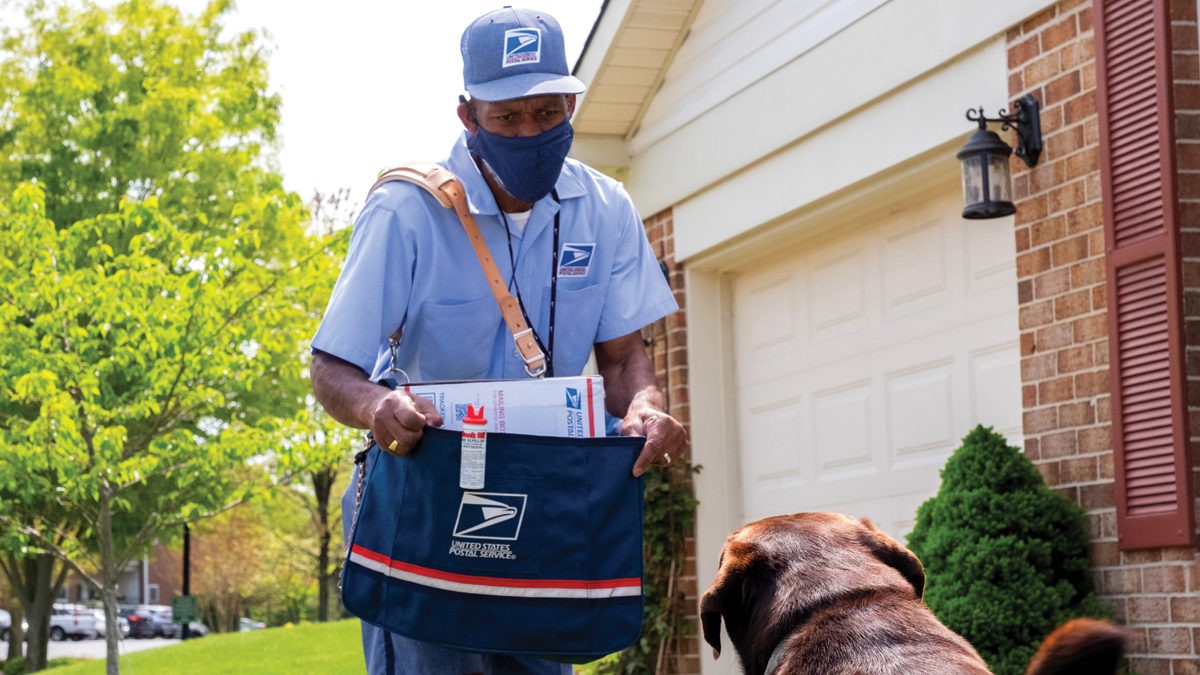Dog bites can happen in any work environment, whether you're a delivery driver, healthcare worker, postal employee, or construction worker. No matter the industry, learning how to prevent dog bites can make a big difference in ensuring safety on the job. Let's explore essential dog bite prevention tips that can keep you protected and confident in any workplace setting.
Introduction
Workplaces come in all shapes and sizes, but one thing that unites many employees is the need to be prepared for potential dog encounters. This article covers practical dog bite prevention tips that employees across all industries can use to stay safe. By understanding common triggers, reading body language, and knowing how to respond, you can protect yourself and avoid potentially dangerous situations.
Why Understanding Dog Behavior Matters
Dogs, like humans, communicate through body language, sounds, and behavior. For employees in any industry, understanding how dogs express themselves can be a key factor in preventing bites. Many incidents occur simply because a person misinterprets a dog's behavior. Familiarity with basic canine communication helps in assessing risk and avoiding actions that may seem threatening to the animal.
Common Triggers for Dog Aggression
Understanding what can provoke a dog to react aggressively is crucial. Here are some common triggers:
Territorial Instincts: Dogs are naturally protective of their homes and surroundings. A delivery driver or technician entering a yard may be seen as a threat.
Previous Trauma: Dogs that have been mistreated may react defensively when approached by strangers.
Unexpected Sounds or Movements: Sudden actions, such as loud noises or quick hand movements, may startle a dog.
Knowing these triggers can help employees adjust their behavior to minimize the risk of an aggressive response.
Body Language: Key to Reading Dogs
Just as humans express feelings through facial expressions, dogs communicate through their body language. Here are some key signals to watch for:
Ears Back: A sign of nervousness or fear.
Raised Hackles: Indicates heightened alertness or aggression.
Yawning or Licking Lips: Common in stressed or anxious dogs.
Tail Tucked or Rigid: Can indicate fear or a readiness to react.
By being mindful of these signs, employees can assess whether a dog is feeling comfortable or if it might be on edge.
Approaching Dogs Safely
When interacting with a dog, it’s best to proceed with caution. Here are some tips for approaching a dog safely:
Let the Dog Come to You: Avoid approaching a dog head-on. Instead, let the dog approach at its own pace.
Stay Calm: Speak softly and avoid making sudden movements.
Avoid Direct Eye Contact: In the canine world, direct eye contact can be perceived as a challenge or threat.
Avoiding High-Risk Situations
Certain situations inherently carry a higher risk of dog bites. Avoid these whenever possible:
Entering Private Spaces: If a gate or door is closed, check if there is a dog present before entering.
Petting Without Permission: Always ask the dog’s owner if it’s safe to pet their dog. If the owner is not present, it’s best to avoid any contact.
Reaching Over Fences or Gates: Some dogs may react defensively if someone reaches into their territory.
The Importance of Staying Calm and Confident
Dogs are very intuitive and can sense fear or anxiety. Maintaining a calm and confident demeanor can help de-escalate potential confrontations. Think of yourself as a tree: solid and unmovable. Dogs are less likely to feel threatened by someone who is calm and steady.
Practical Tips for Safe Interactions
When interacting with dogs on the job, there are a few simple but effective strategies to remember:
Stay Still: If a dog approaches, try to remain still. This can prevent the dog from feeling threatened.
Use Objects as Barriers: Carrying an object like a clipboard or small bag can create a buffer between you and the dog.
Avoid High-Pitched Tones: Speaking in a calm, neutral tone can keep the dog at ease.
What to Do if a Dog Shows Signs of Aggression
If a dog begins to display aggressive behavior, here’s what you can do:
Back Away Slowly: Quick movements can escalate the situation.
Avoid Eye Contact: Looking directly at the dog may provoke a stronger reaction.
Use Firm Commands: Speaking firmly (but not loudly) may help the dog understand you mean no harm.
Preventive Training for Employees
Many companies provide training sessions to help employees manage dog encounters. These sessions often cover:
Reading Canine Body Language
De-Escalation Techniques
Basic Self-Defense Tactics
By attending training, employees gain the confidence to handle dog encounters safely.
Importance of Wearing Protective Gear
Some industries require employees to wear protective gear, especially when there’s a known risk of dog interactions. Equipment like padded gloves or protective sleeves can provide an extra layer of security.
Responding to Dog Bites
Despite all precautions, bites can still occur. Here’s how to handle them:
Stay Calm and Assess the Wound: Minor bites can be cleaned with soap and water, while more severe injuries require immediate medical attention.
Report the Incident: Many workplaces require employees to report dog bites for safety documentation.
Seek Medical Attention: Even if the wound appears minor, professional care is crucial to prevent infection.
Legal Implications and Reporting
Dog bite incidents can have legal ramifications. Employees should report all bites to their employer as well as local animal control if needed. Employers may need this information to ensure that proper safety measures are followed.
Conclusion
Understanding dog behavior and following these essential dog bite prevention tips can help employees in any industry remain safe and confident when encountering dogs. Remember, a calm approach and awareness of canine body language can make a world of difference in preventing bites.







